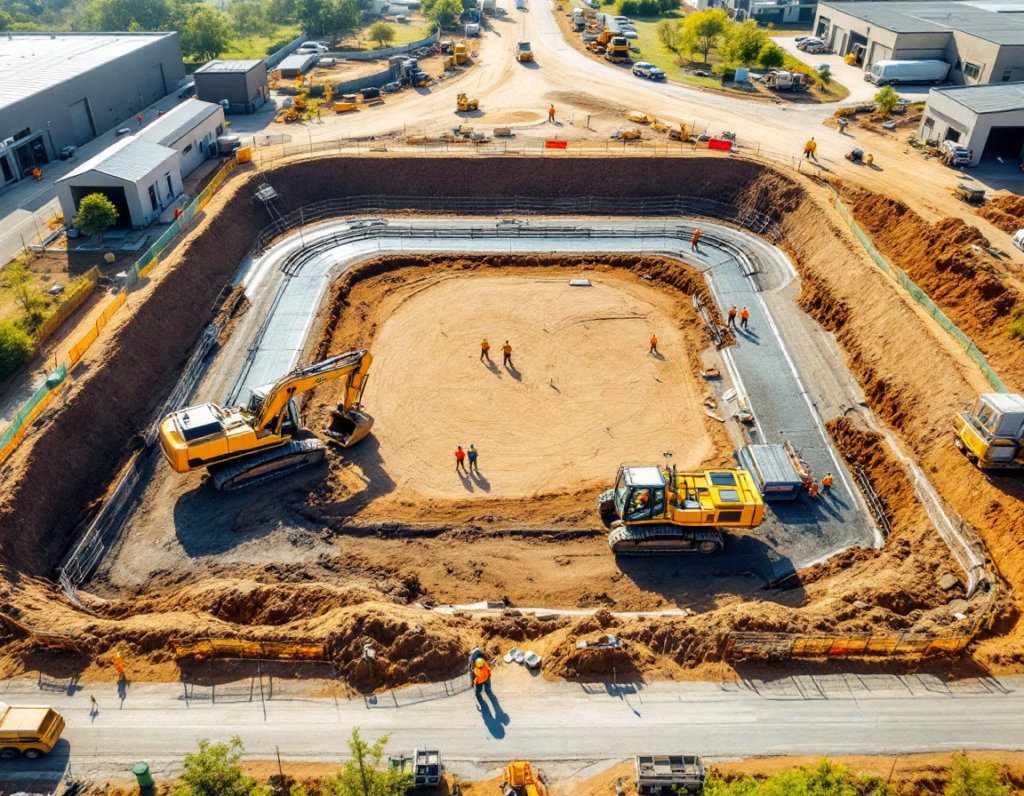Proper installation of electric, plumbing, and HVAC systems is critical for the functionality, comfort, and safety of any home. When these systems are installed correctly, they help prevent issues that may arise in the future. In this post, we’ll cover the step-by-step process of installing these essential systems and explore the importance of each component.
1. Electric System Installation
The electrical system acts as the circulatory system of a home, supplying power to lights, fans, kitchen appliances, and HVAC units. A well-planned and safely installed electrical system ensures long-term safety and functionality.
Key Steps in Electrical Installation:
- Planning and Drawing: An electrical plan is created by a certified electrician, identifying the placement of every switch, socket, circuit, and breaker. This plan ensures balanced load distribution and efficient power usage.
- Wiring and Fittings: Copper wiring, known for its conductive qualities, is commonly used. The correct gauge wire is chosen according to the National Electrical Code (NEC) to ensure safety. Essential fittings like sockets, switches, and circuit breakers are installed precisely.
- Fixture Installation: Lights, fans, air conditioning units, and other electrical fixtures are installed in designated spots. For large rooms, multi-point lighting systems ensure adequate brightness.
- Surge Protection and Grounding: Surge protectors and grounding are installed to prevent damage from sudden voltage fluctuations. This is especially crucial for high-power appliances like HVAC systems.
Safety Testing: After installation, each circuit is tested for proper function. Voltage and resistance are checked to detect any inconsistencies and prevent future issues.

2. Plumbing System Installation
A well-designed plumbing system ensures proper water supply and waste management, supporting the home’s cleanliness and hygiene. Proper planning and materials are essential for durability and efficiency in this system.
Steps in Plumbing Installation:
- Drainage and Water Supply Design: A blueprint for drainage and water supply is created, specifying the location of each water line, drain pipe, and septic tank. Copper, PVC, or PEX pipes are used, known for their durability under pressure.
- Fixture Installation: Basins, toilets, showers, bathtubs, and kitchen sinks are carefully installed with waterproof sealant to prevent leaks. Additional fixtures such as water heaters or geysers are added for hot water supply.
- Water Pressure and Backflow Prevention: Pressure regulators are installed to maintain optimal water pressure. Backflow preventers ensure that wastewater doesn’t flow back into the clean water supply, protecting against contamination.
Testing and Sealing: The entire plumbing system is tested for leaks. Pressure testing and flushing clear out any debris, ensuring a fully functional and leak-free system.

3. HVAC (Heating, Ventilation, and Air Conditioning) System Installation
The HVAC system controls indoor temperature and air quality, making it essential for a comfortable and healthy living environment. Proper HVAC installation regulates airflow and optimizes heating and cooling efficiency.
Key Steps in HVAC Installation:
- Heating System: Heating systems, like furnaces or heat pumps, are installed to maintain warmth during colder months. The choice of gas, electric, or hydronic heating depends on the climate and home design.
- Air Conditioning (Cooling) System: Air conditioning units, whether central or split systems, are installed to provide cooling during warmer months. These systems are integrated into various rooms, ensuring a consistent temperature throughout the home.
- Ventilation: To maintain air quality, ventilation systems include exhaust fans and air intakes, ensuring a steady flow of fresh air. Air filters and purifiers help remove dust and allergens from indoor air.
Advanced Control and Testing: A digital thermostat is installed to regulate and maintain the desired temperature. After installation, the HVAC system is tested to ensure optimal performance under various conditions.

Why Proper Installation Matters
Correct installation of these three systems ensures that your home runs efficiently, minimizing long-term issues and reducing the need for frequent repairs. Skilled professionals must handle these installations to ensure safety, prevent leaks, and maintain a healthy environment. With proper planning and installation, you can enjoy a safe, comfortable, and energy-efficient home.
Investing time and resources in a well-planned and expertly installed electric, plumbing, and HVAC system ensures that your home is built to last.



